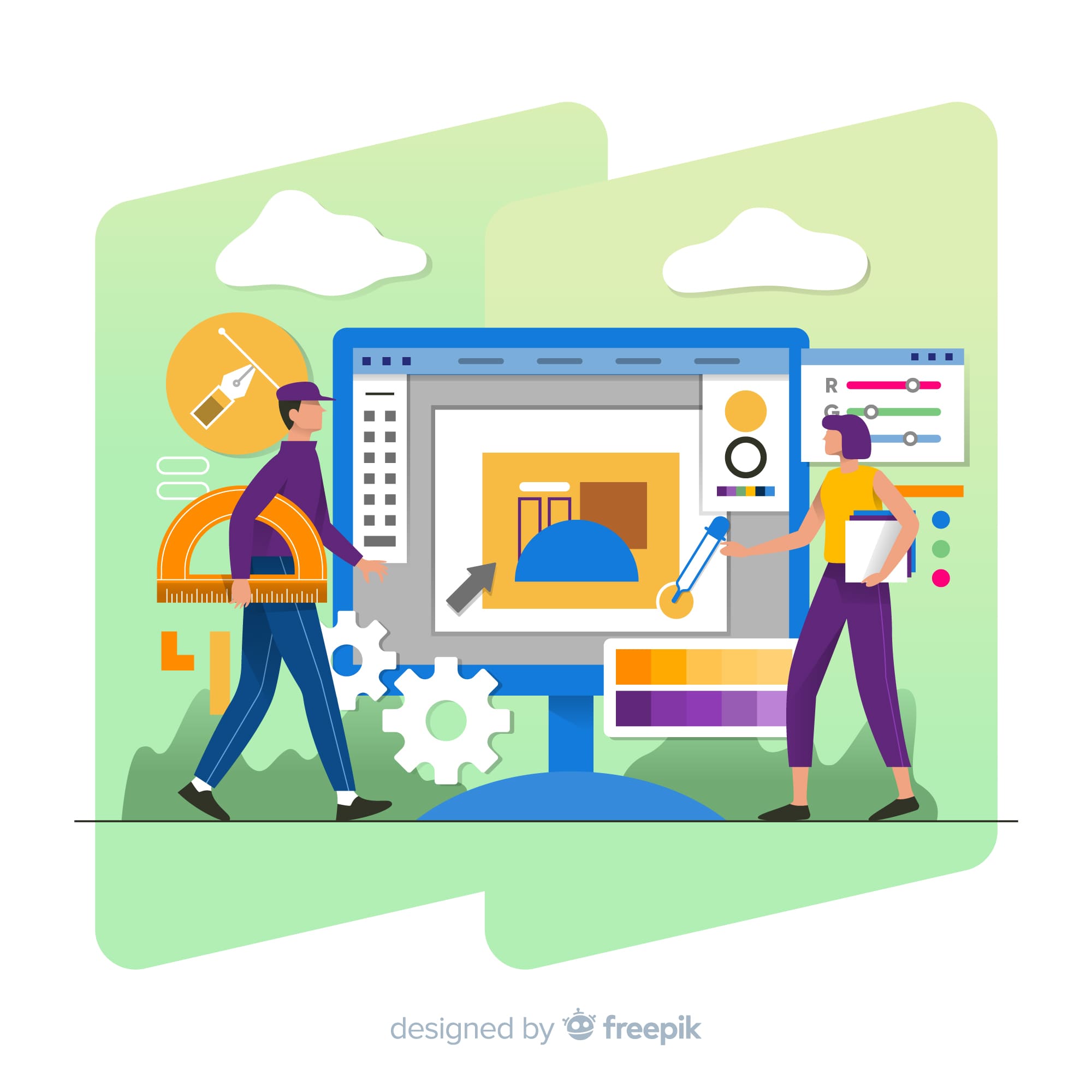When embarking on a new project, one crucial decision you’ll face is whether to take on the prototyping process yourself or enlist the expertise of a professional designer. Both options have their merits, and the choice depends on various factors such as your skills, project complexity, and budget. In this blog post, we’ll explore the pros and cons of DIY prototyping and working with a designer, helping you make an informed decision that aligns with your project goals.
DIY Prototyping:
a. Cost-Effective Solutions: DIY prototyping can be budget-friendly, especially if you have the necessary tools and skills. You can use free or low-cost prototyping software and materials, reducing upfront expenses.
b. Hands-On Learning: Taking the DIY route allows you to gain valuable hands-on experience. It’s an opportunity to deepen your understanding of the design process, from concept to creation.
c. Flexibility and Control: DIY prototyping offers complete control over the design process. You can make instant adjustments, experiment with ideas, and iterate quickly without external dependencies.
Working with a Designer:
a. Professional Expertise: Designers bring a knowledge base and experience to the table. They understand design principles, user experience, and industry trends, ensuring a polished and professional result.
b. Time Efficiency: Hiring a designer can expedite the prototyping process. Professionals are skilled at efficiently translating concepts into tangible designs, potentially saving you time, and allowing you to focus on other aspects of your project.
c. Access to Advanced Tools: Designers often have access to premium design tools and software, enhancing the quality and sophistication of their prototypes. This access can result in a more refined and polished final product.
Conclusion:
Choosing between DIY prototyping and working with a designer ultimately depends on your project requirements, budget constraints, and personal skills. While DIY offers cost savings and hands-on experience, a professional designer brings expertise and efficiency. In some cases, a hybrid approach, combining your DIY efforts with occasional professional input, might be the ideal balance.
Remember, the key is to evaluate your project’s unique needs and choose the approach that aligns with your goals. Whether you’re a hands-on DIY enthusiast or seeking the finesse of a designer, the goal is to create a prototype that brings your vision to life effectively and efficiently.
Resource:
https://www.toptal.com/designers/prototyping/guide-to-prototype-design
https://www.interaction-design.org/literature/article/design-thinking-get-started-with-prototyping
https://www.theenglishwoodworker.com/prototyping-yay-or-nay/
Disclaimer:
Wherever any material is quoted as sourced from the published text with publishing rights vested in an individual, it is stated that it is a pure quotation and has no intention to claim it as our own.
Image Source: www.freepik.com





